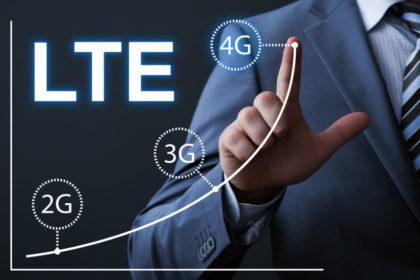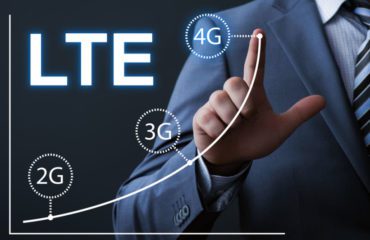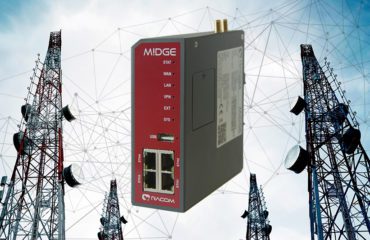
Have you got an Apple Watch yet? The third iteration of the device was recently launched – and, as outlined here, it comes with one very distinctive new feature – LTE connectivity.
The jury is still out as to whether this is a game-changing development for the Apple Watch or just a nice-to-have, and regardless of how it ends up positioning Apple in the marketplace, it’s certainly had some technical difficulties to iron out.
But it got us thinking. Are most people actually familiar with what LTE is? Do they understand why Apple has been so keen to integrate this functionality into its latest watch? Is it time, in fact, for a quick LTE primer?
Understanding the evolution
LTE stands for Long Term Evolution – but this, of course, doesn’t tell us a great deal. It’s a reference to ever-evolving wireless cellular network technology – or mobile telecommunications.
The first generation of this technology was, fittingly, called 1G – an analogue standard used in the 1980s. At the very beginning of the 1990s, it became possible to convert voice transmitted along these networks from analogue to digital signals, and 2G was born. 2G also introduced the possibility of data services for mobile, beginning with SMS messages.
The 3G standard came next, with the first networks introduced in 1998 – and this is when mobile data transmission started to get really sophisticated. 3G can support mobile and fixed internet access, mobile TV and video calls. Remember being asked if your mobile phone was 3G-enabled? Once it was, you became able to access far faster mobile internet, and consequently use a much broader variety of apps on the go.
Finally, 4G, the fourth generation of broadband cellular network technology, was first deployed in 2009. 4G systems must provide a specific set of advanced capabilities, and can be used to support applications including high-definition mobile TV, 3D television and video conferencing. LTE is a 4G candidate system – that is, it is a standard for high speed wireless communication that can support a rich and varied set of data applications.
In short, then, an LTE-enabled device can operate on the very latest telecommunications networks, supporting high speed connectivity and rich data applications. Little wonder, then, that Apple wants its latest watch to be part of the picture.
What does LTE mean for you?
That’s all very well for Apple. But if you’re not in the business of creating consumer devices, what do you need to consider in relation to LTE?
Here, it’s important to understand two things. First, the network architecture underpinning LTE is IP-based – which, in practical terms, means communications across LTE are more reliable, clearer and faster. There’s also the opportunity to add new data-rich applications to LTE networks, which, for many organisations, can be the route to service innovation and a competitive edge.
Second, the evolution to LTE is not as linear as it might first seem. Different telecommunications standards overlap with other at different times and in different geographies – 2G is still in operation in much of the world, for example. LTE is still a new standard, with no mature users, and there are plenty of areas within the UK alone that it does not yet cover.
This means that if you are considering transitioning to LTE – and from a rich applications point of view, there are plenty of reasons why you might wish to – it is important to take an agile approach, and be prepared to integrate LTE with the existing communications technology you have in place. LTE will deliver comprehensive and reliable coverage in the future, but it’s not there yet, so mission-critical communications networks cannot depend on it entirely.
This, of course, is where Simoco Wireless Solutions comes in. Head over here to learn more about our approach to LTE, and why not get in touch to find out how we could help you enter the LTE era?


